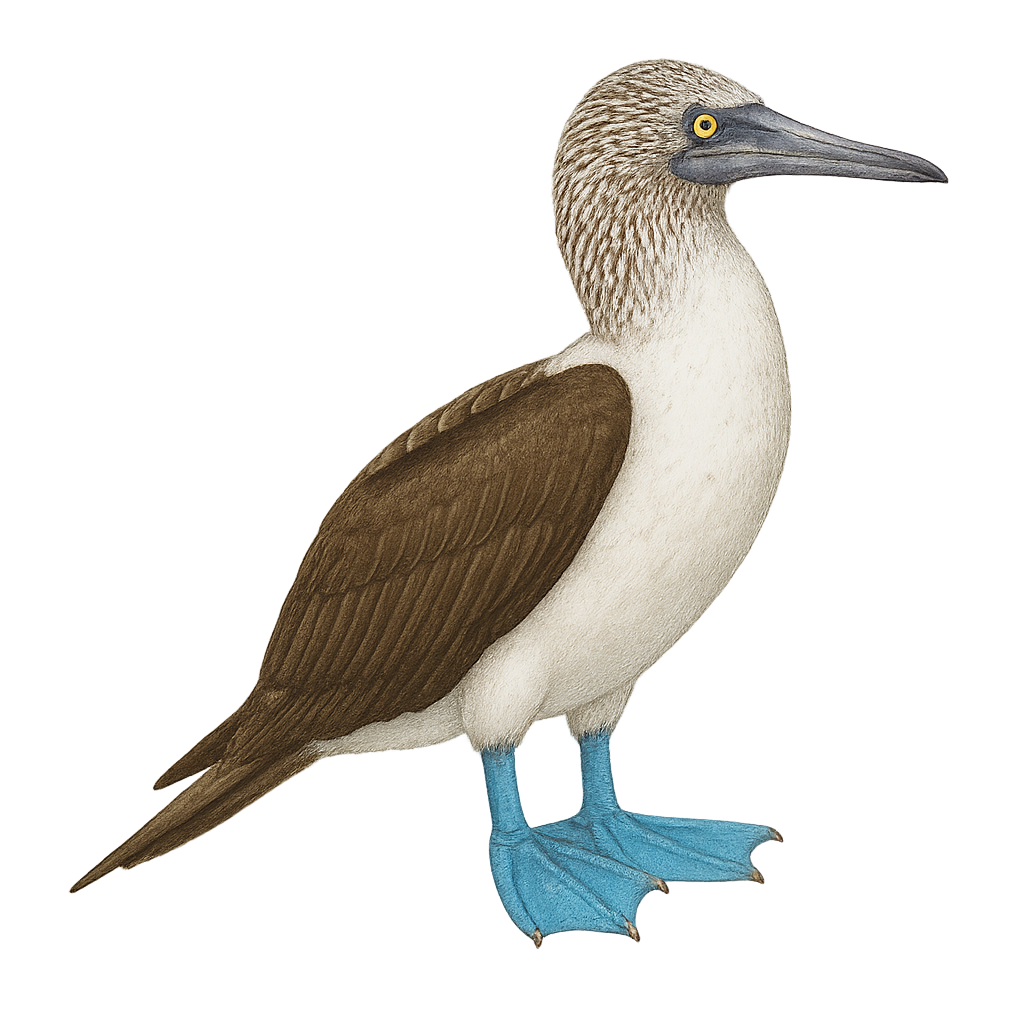Your wildlife photography guide.
Explore the blue-footed booby in detail, study its behavior, prepare your shots.
Where to observe and photograph the blue-footed booby in the wild
Learn where and when to spot the blue-footed booby in the wild, how to identify the species based on distinctive features, and what natural environments it inhabits. The WildlifePhotographer app offers tailored photography tips that reflect the blue-footed booby’s behavior, helping you capture better wildlife images. Explore the full species profile for key information including description, habitat, active periods, and approach techniques.
Blue-footed Booby
Scientific name: Sula nebouxii

IUCN Status: Least Concern
Family: SULIDAE
Group: Birds
Sensitivity to human approach: Not very shy
Minimum approach distance: 5 m
Courtship display: September to November
Incubation: 41-45 jours
Hatchings: October to December
Habitat:
Rocky coasts, islands, cliffs
Activity period :
Primarily active during the day, with peak activity in the morning and late afternoon.
Identification and description:
The Blue-footed Booby is a distinctive seabird known for its striking blue feet, primarily found along the Pacific coasts. They are most commonly seen on the Galápagos Islands, where they breed in colonies. Their courtship dance, where the male displays his vibrant feet to attract a mate, is captivating. They primarily feed on fish, diving with remarkable precision. Their plumage is mostly white with brown wings and tail. Juveniles have grey feet that turn blue as they mature. While often seen in groups, they can also be solitary when hunting.
Recommended lens:
400 mm – adjust based on distance, desired framing (portrait or habitat), and approach conditions.
Photography tips:
To photograph the Blue-footed Booby, aim for early morning or late afternoon to take advantage of soft lighting. A telephoto lens of 400mm or more is recommended to capture details without disturbing the bird. Look to capture their courtship dance or spectacular dives. The Galápagos Islands offer unique opportunities, but always respect safety distances to avoid disrupting their natural behavior.
The WildlifePhotographer App is coming soon!
Be the first to explore the best nature spots, track rutting seasons, log your observations, and observe more wildlife.
Already 1 430 wildlife lovers subscribed worldwide

